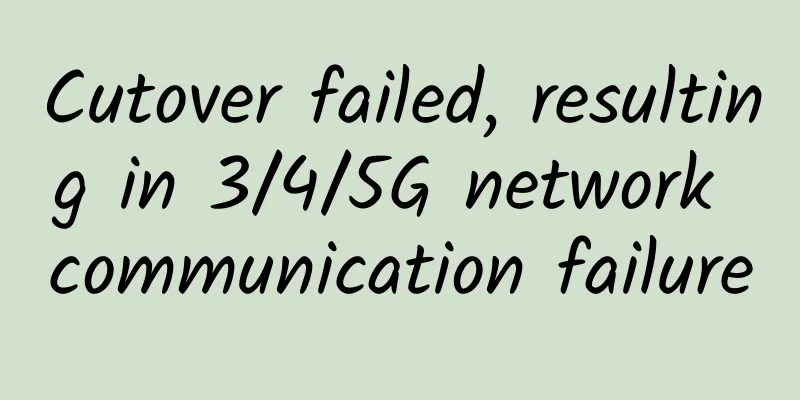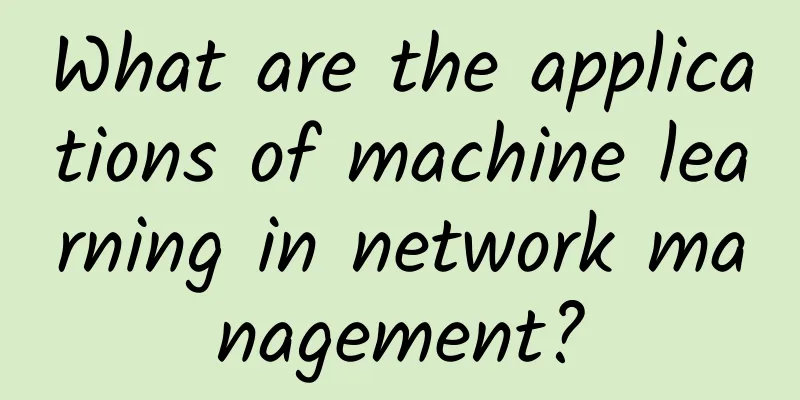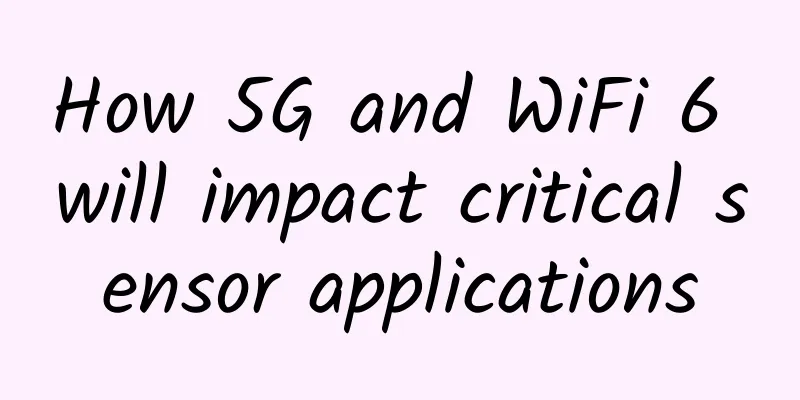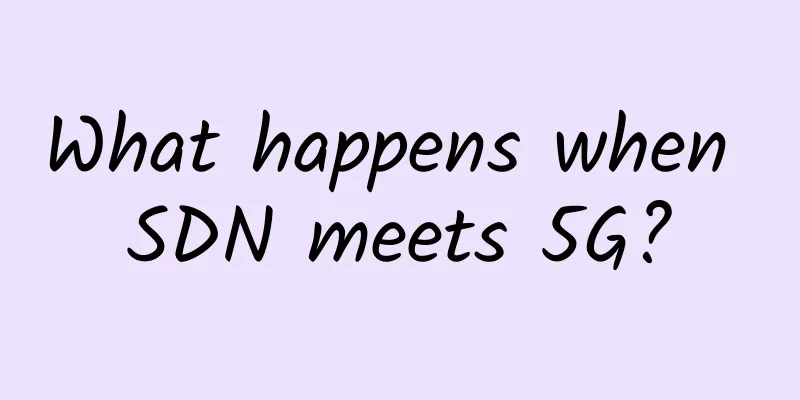Cutover failed, resulting in 3/4/5G network communication failure

|
A cutover and replacement by Japanese operator DoCoMo caused a large-scale failure in the country's entire network, which caused strong dissatisfaction among many users, and even the Japanese Minister of Internal Affairs and Communications had to come out to deal with and explain. It is reported that this was originally a simple upgrade and replacement. The replaced equipment was: the server that stores the user/location information of IoT terminal devices. Problems occurred during the migration of the location information of approximately 200,000 IoT terminals from old equipment to new equipment. So the operator initiated a rollback operation and reverted to the old equipment. This rollback was exactly the key to the problem: the rollback caused a large number of IoT terminals to re-initiate location registration information to the old server, and a surging "signaling storm" quickly caused network congestion, directly paralyzing the 3/4/5G core network. What is hard to understand is that this "upgrade-cutover-rollback" operation took place during the afternoon rush hour on a weekday. (I'm surprised that the island country doesn't require cutovers to be done at night?)
Starting at around 5 p.m. on October 14, 2021, a network incident occurred that made DoCoMo's voice calls and data communication services difficult to use. At 7:57 pm on October 14, 2021, the operator took emergency network operations and the fault began to gradually recover, but due to network congestion, some customers were still unable to connect to the network. At 5:05 am on October 15, 2021, 5G and 4G networks returned to normal, but the 3G network in some areas is still difficult to use, and efforts are being made to restore it. We have informed the majority of users that users who have subscribed to 4G packages and have 3G signals can connect to the 4G network by restarting their phones to obtain normal communication. On the afternoon of October 15, 2021, the vice president of NTT DoCoMo stated at a press conference that "no clear time can be given" for the restoration of the 3G network, explaining that the outlook is unclear. NTT DoCoMo management publicly apologized, expressed deep regret for the inconvenience caused to customers and many people by the accident, and said it would work hard to prevent the accident from happening again.
Well, in the island nation, there is no problem that cannot be solved by bowing. If there is, all three of us bow together!
After the accident, Japan's Minister of Internal Affairs and Communications said at a press conference after the cabinet meeting:
Three glasses of wine as punishment, done!
Revelation:Although this incident happened on the opposite island country, we still need to learn lessons from it. Today's mobile network is like infrastructure like water, electricity and gas, especially in the 5G era, applied to industrial Internet, coal mines, hospitals, etc., the network is by no means a trivial matter. 1. Upgrade and cutover cannot be performed during busy hours.This is almost impossible in our country. It is done late at night, which has become an iron rule in communications over the past 20 years. Thanks to our "communication night walkers" for their hard work. 2. The network has sufficient redundancy and backup mechanisms.The network status is always unpredictable. To ensure that the network does not have problems, the most reliable way is to use redundancy and backup mechanisms, from A to B, to cluster pools, to fully ensure redundancy mechanisms in the core network, transmission network, and access network. This will inevitably increase investment, but it is necessary for a quality network. 3. The core network is of paramount importance.Other failures generally affect local areas, while the core network affects the entire network. In addition to ensuring redundancy and backup, the network architecture should be upgraded as soon as possible. The 5G SA core network SBA architecture can ensure the safe operation of the network while saving investment as much as possible. |
<<: Cutover failure leads to major communication failure
>>: 5G FWA is booming: Views from the MBBF2021 5G FWA Industry Forum
Recommend
Kunpeng Spreads Its Wings, Zhejiang Has Promises Kunpeng Application Innovation Competition 2020 (Zhejiang Division) Briefing Session Successfully Held
On the afternoon of July 31, 2020, the Kunpeng Ap...
5G industry terminals are launched! 519 5G terminals, 303 of which are commercially available
[[387356]] For the development of each generation...
City managers can now predict the future using 5G and digital twins
Digital twins, or DTs, are data-enabled city mode...
GreenCloudVPS: $30/year 500G hard drive VPS, 10Gbps bandwidth, Singapore (non-direct connection) data center
GreenCloudVPS recently installed new machines in ...
Japanese media disclosed: The United States will set up a 5G multilateral fund to contain China
According to a report by Japan's Yomiuri Shim...
ServerHub: $79/month-dual E5-2650v2/128GB/1TB SSD/unlimited 1Gbps/Los Angeles & Seattle data centers
ServerHub is a long-established foreign hosting c...
There are five main differences between RS232 and RS485
Many communication protocols are often used in em...
An article reviews the top 10 wireless network technologies that connect tens of billions of terminals
With the development of the Internet industry, pe...
5G Thinking | Moderately Advance 5G Network Construction
Network construction is the cornerstone of 5G com...
[6.18] iOVZ VPS 20% off monthly payment and 30% off annual payment, Hong Kong VPS gets double memory
iOVZ Cloud released this year's 618 event pla...
Obstacles to 5G rollout
While 5G has the potential to open up many exciti...
edgeNAT April Fools' Day event offers 30% off monthly payment and 40% off annual payment, Korean/US/Hong Kong VPS starts from 42 yuan per month
Today is April Fools' Day, but the promotion ...
CloudSilk: German AS9929 line 500Mbps large bandwidth starting from 216 yuan/year
A friend of mine was looking for a host with AS99...
Live broadcast and fan interaction is popular! Yunfan Accelerator will show you the live broadcast and microphone technology behind it
Preface: With the continuous upgrading of bandwid...
Software-defined home products improve remote productivity
As a result of the pandemic, tens of millions of ...









